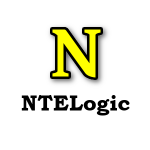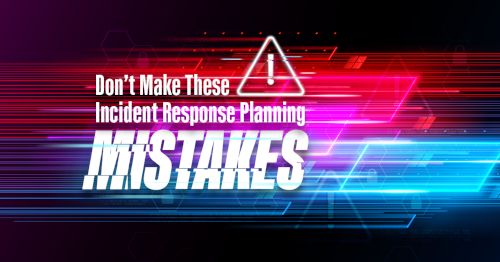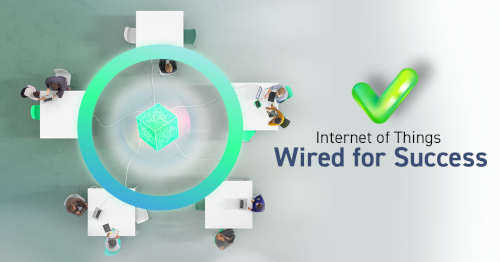Image via Pexels
In the dynamic world of Information Technology (IT), the capability to communicate technical knowledge to non-technical audiences is more than just a skill — it’s an essential bridge connecting the complex world of IT with the practical realities of business and everyday life.
This article — kindly provided by NTELogic — unfolds the practical strategies IT professionals can employ to translate their technical expertise into understandable, engaging narratives for everyone. By adhering to these strategies, IT experts can ensure their insights resonate across the board, fostering a deeper understanding and appreciation of their work.
Tailor Your Message
When you address non-technical stakeholders, it’s crucial to align your communication with their background, knowledge, and interests. This alignment ensures your message is not only heard but understood and valued. By considering what your audience knows and cares about, you can tailor your explanations to highlight the relevance of your work to their objectives or challenges. This approach not only enhances engagement but also builds a foundation for meaningful dialogue.
Advance Your IT Proficiency
Seeking out a Bachelor of Computer Science degree markedly elevates your capability to articulate intricate ideas with clarity. These programs meticulously cover the breadth of IT, programming, and foundational computer science theory, arming you with the adeptness to distill complex concepts into their essence without diminishing their significance. This educational pathway affords remarkable flexibility, enabling you to harmonize career obligations with the expansion of your comprehension and proficiency in conveying technical insights. Additionally, this approach fosters an environment where critical thinking and problem-solving skills are honed, further enhancing your communicative effectiveness. Check this out for more info.
Simplify Language
Employing technical jargon and acronyms may inadvertently distance or perplex those without a technical background. Aim to limit the use of this specialized vernacular, choosing instead to provide explanations that are both clear and direct. On occasions where technical terminology is indispensable, dedicate effort to elucidate these terms in a manner that resonates with everyday experiences. This method guarantees that your audience stays connected and comprehends the discussion, thereby preventing any sense of exclusion due to the esoteric language. Incorporating this thoughtful approach not only enhances understanding but also fosters a more inclusive dialogue where every listener feels valued and informed.
Connect with Everyday Experiences
Drawing parallels between complex technical concepts and familiar experiences or objects can dramatically improve understanding. This method makes the abstract tangible, allowing non-technical stakeholders to grasp sophisticated ideas through the lens of their everyday experiences. Such analogies serve as powerful tools in demystifying IT subjects, making them more accessible and relatable.
Leverage Visual Aids
Charts, graphs, diagrams, and visual representations play a pivotal role in clarifying complex data or processes. These visual aids can distill intricate information into digestible, engaging formats, aiding comprehension. By incorporating visual elements into your explanations, you can bridge the gap between complex technical details and straightforward, understandable insights.
Craft a Narrative
Presenting technical achievements as stories with a clear beginning, middle, and end transforms dry facts into compelling narratives. This narrative framing engages audiences by placing technical endeavors in a context that highlights challenges, solutions, and successes in a relatable, memorable manner. Stories not only make your message more engaging but also facilitate a deeper emotional connection with your work.
Highlight Success with Metrics
Utilizing key performance indicators (KPIs) and relevant metrics effectively communicates project success in terms that resonate with non-technical stakeholders. These quantifiable measures provide a clear, objective assessment of achievements, aligning technical outcomes with broader business objectives or user benefits. By focusing on metrics that matter to your audience, you can underscore the value and impact of technical projects in a universally understandable way.
The art of conveying technical expertise to non-technical audiences lies in the thoughtful application of these strategies. By following the above advice, you can transform complex IT concepts into engaging, understandable insights. Embracing these approaches enables IT professionals to not only share their knowledge but also to foster an environment where technical and non-technical minds converge, leading to greater innovation, collaboration, and appreciation for the transformative power of IT.













No Comments